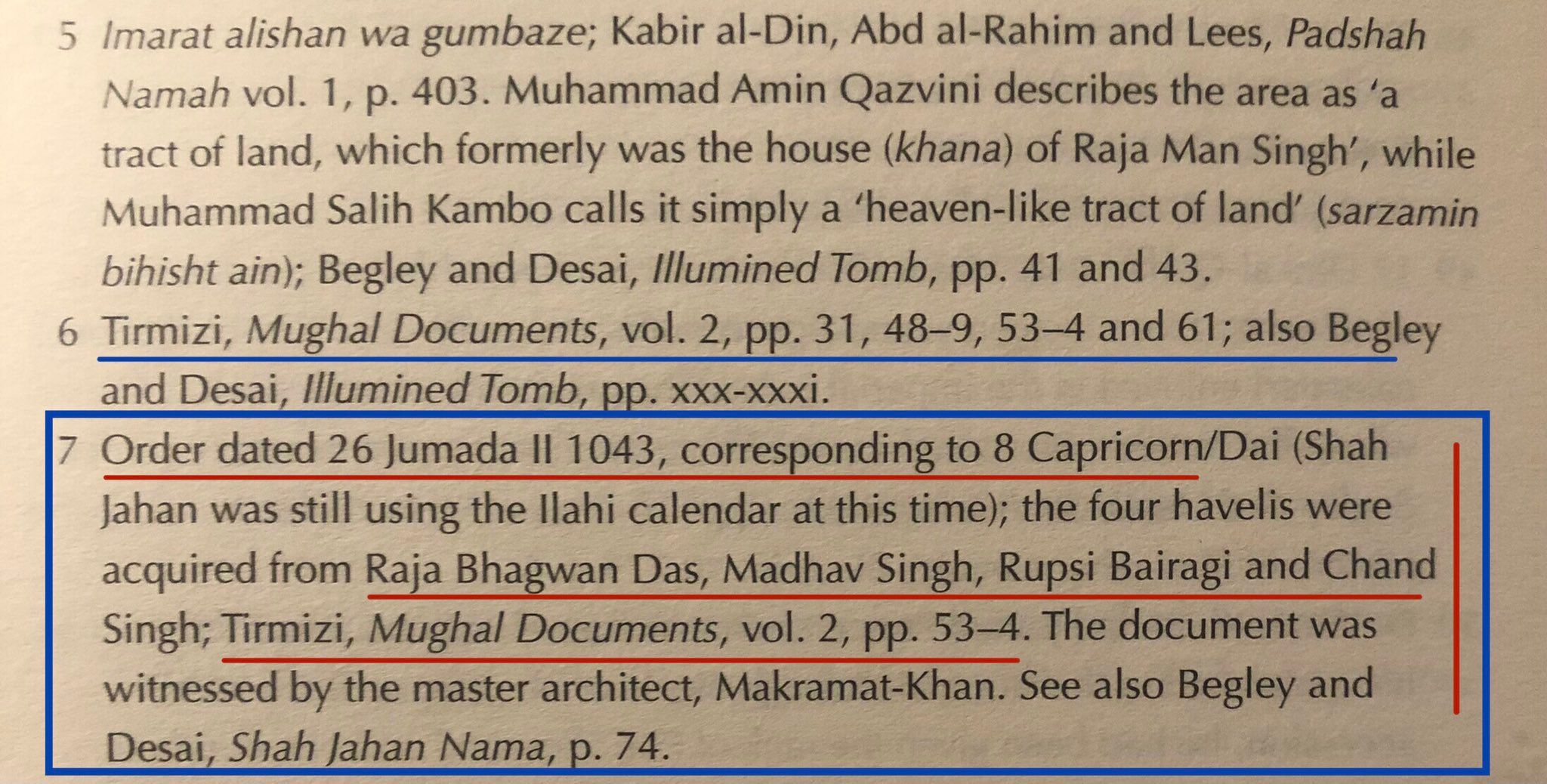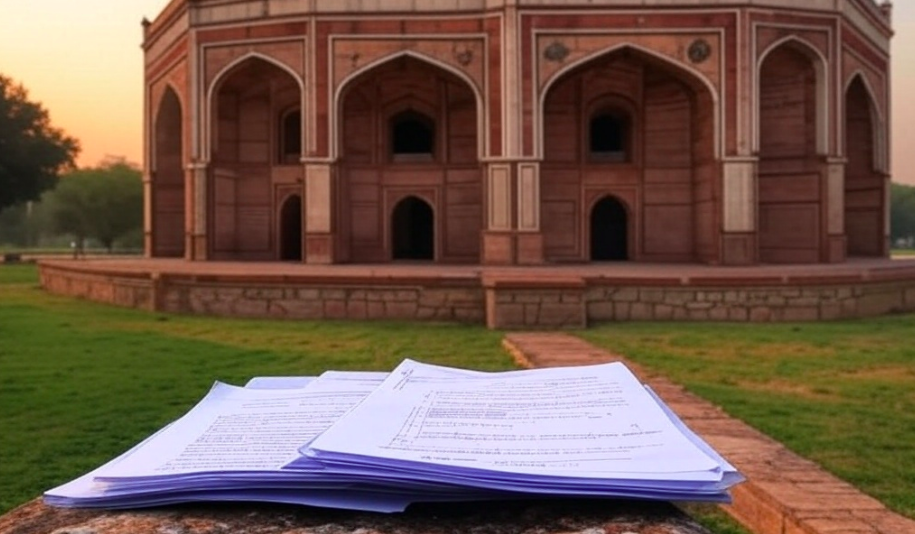Taj Mahal — the monument of love is an eyesore for the hate mongers though the valuable foreign exchange is earned by the government as day after day and moonlit night after moonlit night, tourists come to profess their love for their spouses. Love and hate do not add up! The release of the pictures of 22 rooms at Taj Mahal is seen by Historian M Safiullah as the neat burial of the needless controversy. Safiullah’s fascination for the Taj Mahal is rooted in his family. His visits to the Taj Mahal from a young age and his evidence that no idols were found, is based on his personal testimony. He had seen with his own naked eyes that there were no idols in any room! Safiullah’s uncle (Phupa) Mohammed Hafeezuddin, IRSE, was the Director of the Archeological Survey of India (ASI) for the Taj Mahal. When attempts are made to distort and rewrite history to suit the narrative of violence, Safiullah’s assertion can be seen as a celebration of our cultural ethos built on the foundations of love, harmony, and tolerance in our great country.

According to India Today, the Archaeological Survey of India (ASI) has tried to diffuse the tension by releasing pictures of the restoration work done inside these rooms. The Agra ASI chief R K Patel told India Today that the pictures are live on the ASI website as a part of the January 2022 newsletter and anyone can view them by visiting their website. It is from the horse’s mouth! This leaves no room for any controversy. The Allahabad High Court too had dismissed the case to reopen the 22 rooms to check for idols.
As they say in Hindi — Baat Nikli Toh Door Talak Jayegi! Let me take you through the historical labyrinths about the construction of the Taj Mahal. A labyrinth is a complicated irregular network of passages or paths in which it is difficult to find one’s way; a maze. But I have not used in this sense. I have used it in a spiritual sense as the builder of the Taj Mahal —the Great Mughal Emperor Shihabuddin Mohammed Shahjahan (1627 – 1658) was also a Sufi and his Urs is commemorated every year. The spiritual meaning of a labyrinth: A labyrinth is an ancient symbol of wholeness. The imagery of the circle and spiral combine into a meandering but purposeful journey. The Labyrinth represents a journey or path to our own center and back again out into the world. Labyrinths have long been used as meditation and prayer tools.
Safiullah shared two important documents – the Imperial Farmans or the Royal Farmans issued by Shahjahan dated the 21st of January 1632, commanding Mirza Jai Singh of Amber to arrange for the transportation of marble from Makrana and other parts of Rajasthan for the construction of the Taj Mahal. The second Farman was to recruit stone and rock cutters to extract marble from a new mine in Amber. The entire Taj Mahal complex of 42 acres (17 hectares) took nearly 22 years to complete and engaged twenty-two thousand workers. This cost the Mughal Emperor Shahjahan more than Rupees Three Crores, equivalent to nearly $ Five Billion today. Originally, it was named as ‘ROUZA -E- MUNAWWARA.’ Later, it was named the Taj Mahal. But, Safiullah questions why a tomb would be called a ‘Mahal?’
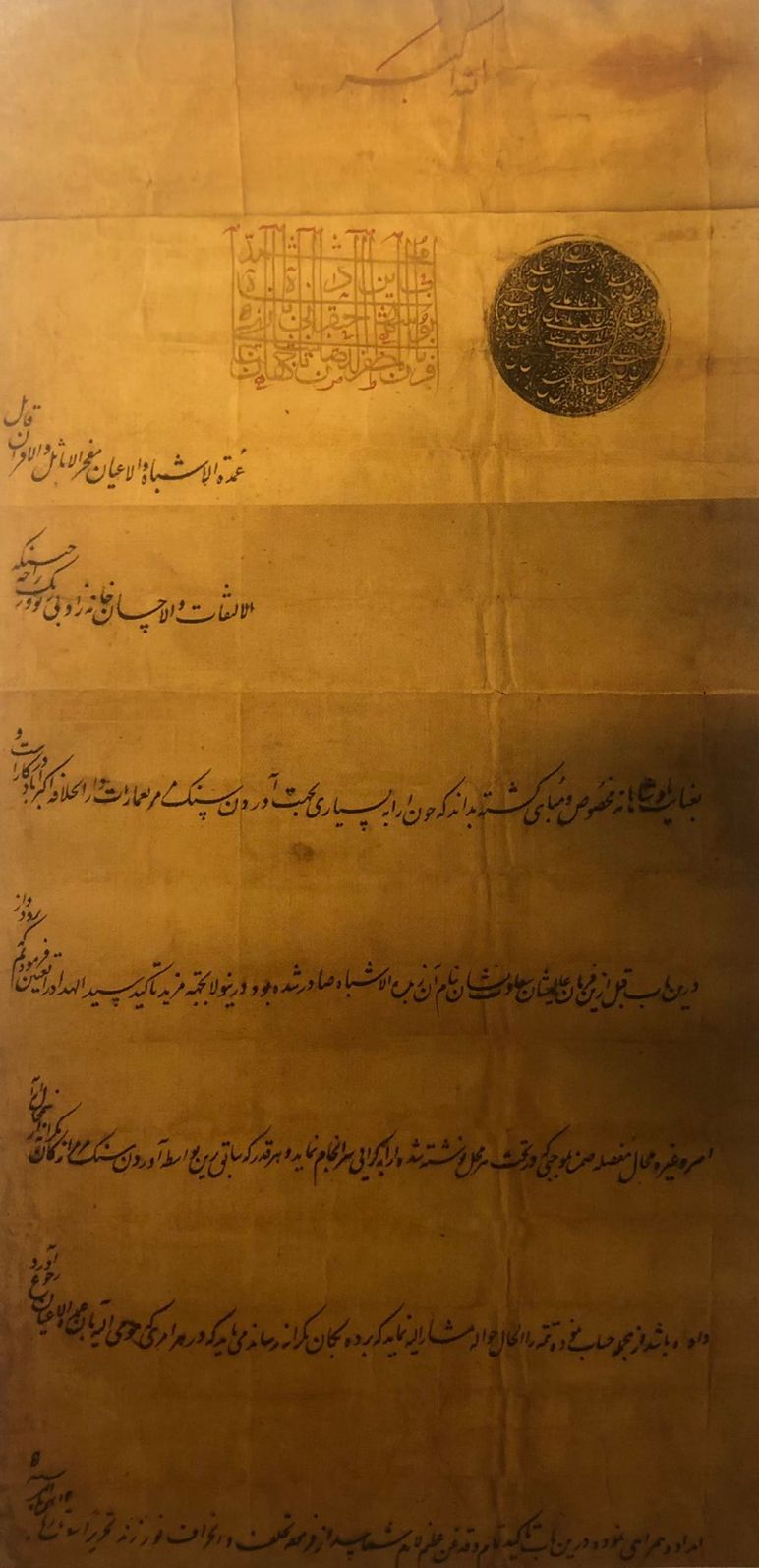

According to London-based researcher and former intelligence officer Ahmed Shareef Askander, prominent Historian and Biographer Fergos Nicoll enlightens us on the history of land acquisition for the Taj Mahal in his Book ‘Shahjahan: The rise and the fall of the Mughal Emperor’ cited in Tirmizi ‘Mughal Documents’ that can be verified: The river-front estate had been handed down from generation to generation since the family – in the person of the staunch Rajput loyalist Raja Man Singh – was allocated the land in the days of Akbar the Great.
Contemporary accounts insist that Jai Singh was willing to cede it back to the monarch as a gesture of loyal commiseration for his great loss. There was monetary compensation paid for the property acquired. Why is the Jaipur Rajput beauty Diya Kumari, MP, trying to distort history and sow hate? She should not forget that she has Mughal cousins through blood There is no need to shed family blood! Diya Kumari’s assertion that the land belongs to her family lies in tatters! This is after the historical confirmation of the ceding back the land to Emperor Shahjahan by Jai Singh. In addition, four other Havelis were acquired from Raja Bhagwandas, Madhav Singh, Rupsi Bairagi, and Chand Singh, according to Tirmizi, Mughal Documents, vol.2, pp. 53 – 54. The document was witnessed by the master architect, Makramat Khan. See also Begley and Desai, Shah Jehan Nama, p. 74.
Was truth discovered during the excavation of Babri Masjid not enough for the Rashtriya Swayam Sevak Sangh (RSS) that there were no ruins of a temple under the Babri Masjid? Did the RSS or the larger Hindu community accept the truth? Not even the Supreme Court, which finally decided the case on the basis of ‘faith’ and not ‘evidence!’ What truth is Indresh Kumar talking about regarding Gyanvapi Masjid, Mathura, and the Taj Mahal?
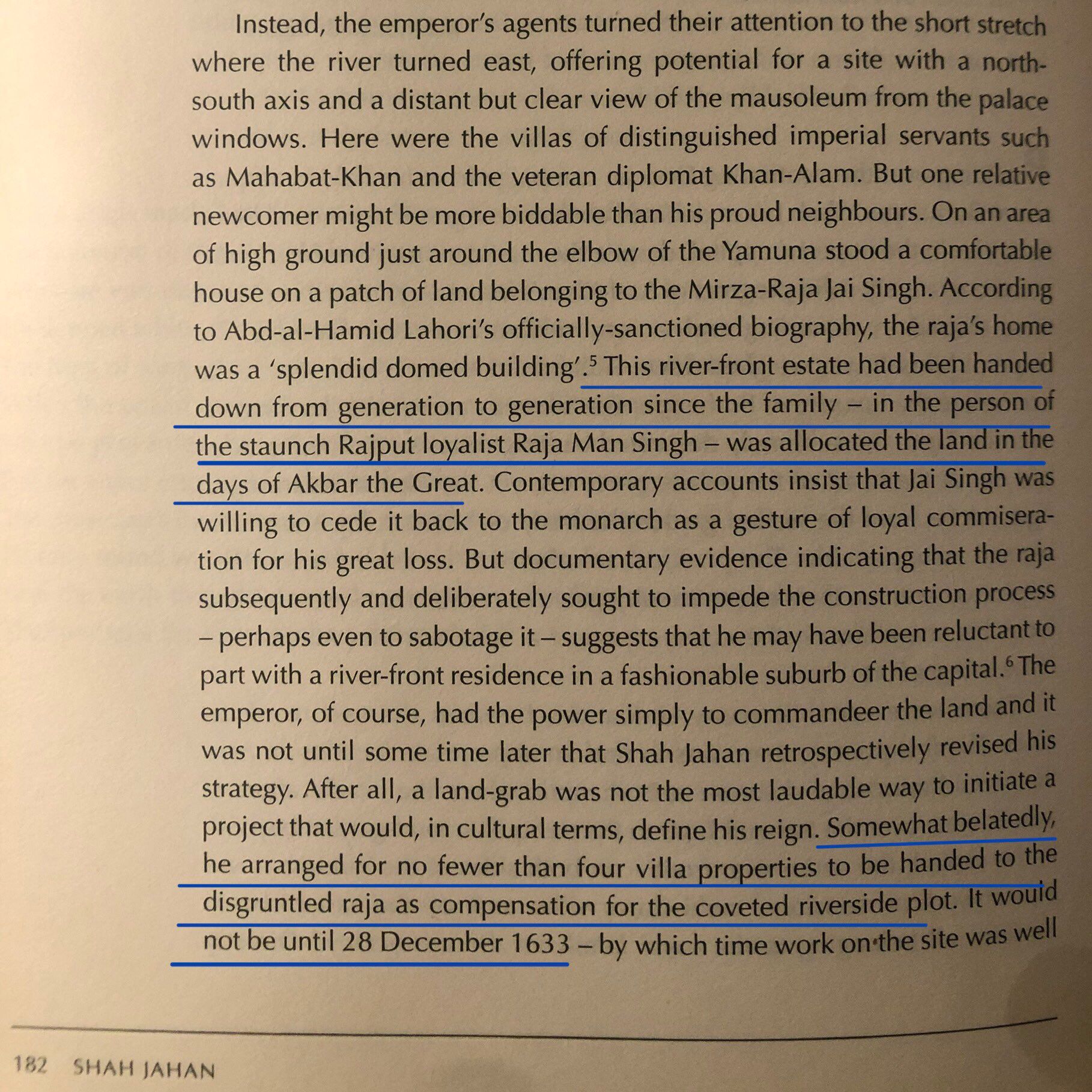
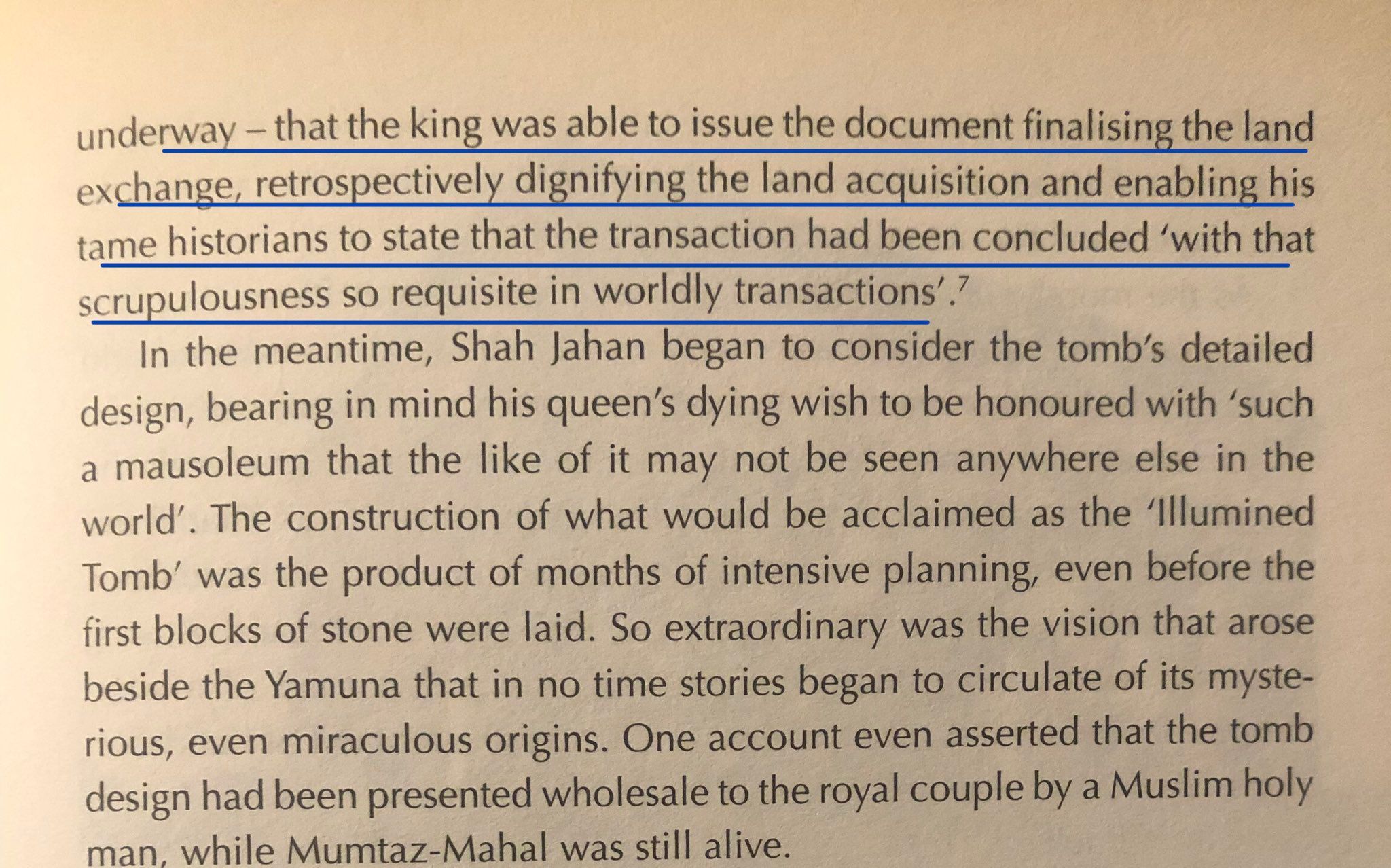
Noted Historian Irfan Habib, a professor at the AMU, has rightly said that the debate over the Taj Mahal was an attempt to give communal color to a world heritage monument. Heritage enthusiast and IT expert Mohammed Amjad urged the countrymen to be proud of our pluralism and protect our heritage for future generations.
Emperor Shah Jahan loved a woman like no man has ever loved before! He built the Taj Mahal. In 1582, Emperor Akbar outlawed Sati. In 1663, Mughal Emperor Aurangzeb banned Sati again. One Mughal Emperor loved his woman to the moon and back and two Mughal Emperors protected the Hindu women pushed into the funeral pyres of their dead husbands (Sati) by the Zang Parivar – the rusted families!
‘Bhaiyon, Behnon! 1200 Saal ki Ghulami’ (1200 years of slavery) rabble-rousing can fetch votes of history-blind bigots but not bind hearts together! Hate mongers will come and go but the Taj Mahal will stand in all glory till eternity for all those who love their wives and humanity!
I cannot build a Taj Mahal, but this article is my Taj Mahal for the one sharing my love and heartbeat! I would call this Pari Mahal.


